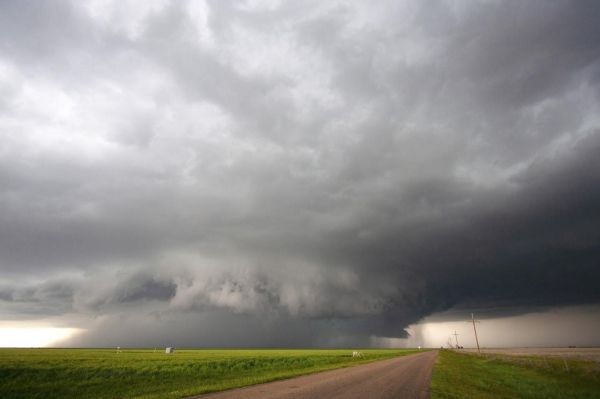The same artificial intelligence technique typically used in facial recognition systems could help improve prediction of hailstorms and their severity, according to a new study from the National Center for Atmospheric Research (NCAR).
Instead of zeroing in on the features of an individual face, scientists trained a deep learning model called a convolutional neural network to recognize features of individual storms that affect the formation of hail and how large the hailstones will be, both of which are notoriously difficult to predict.
The promising results, published in the American Meteorological Society’s Monthly Weather Review, highlight the importance of taking into account a storm’s entire structure, something that’s been challenging to do with existing hail-forecasting techniques.
“We know that the structure of a storm affects whether the storm can produce hail,” said NCAR scientist David John Gagne, who led the research team. “A supercell is more likely to produce hail than a squall line, for example. But most hail forecasting methods just look at a small slice of the storm and can’t distinguish the broader form and structure.”
Read more at National Center for Atmospheric Research/University Corporation for Atmospheric Research
Image: The shape of a severe storm, such as this one, is an important factor in whether the storm produces hail and how large the hailstones are, but current hail-prediction techniques are typically not able to take the storm's entire structure into account. NCAR scientists are experimenting with a new machine-learning technique that can process images to weigh the impact of storm shape and potentially improve hail forecasts. (Credit: ©UCAR. Image: Carlye Calvin)


